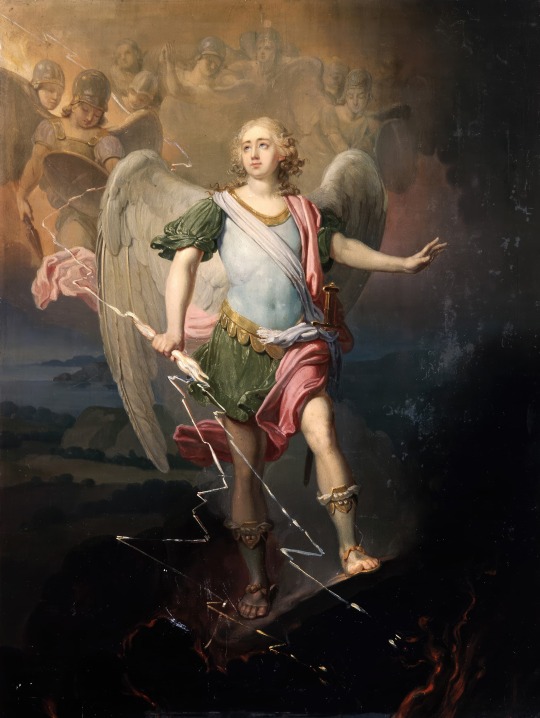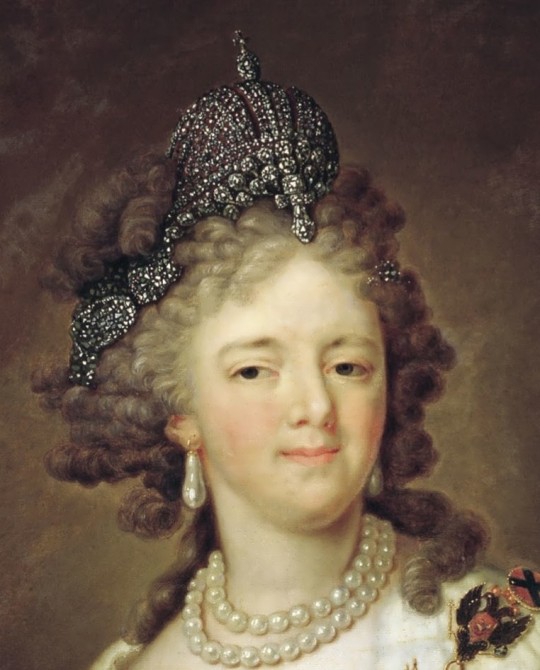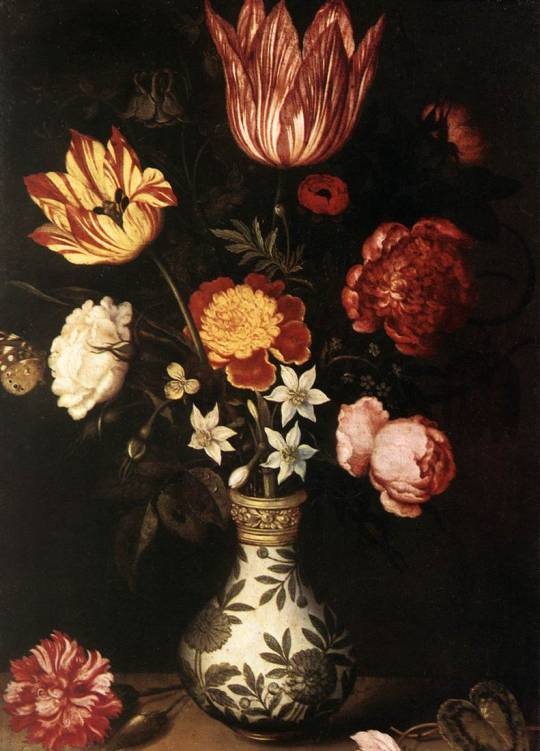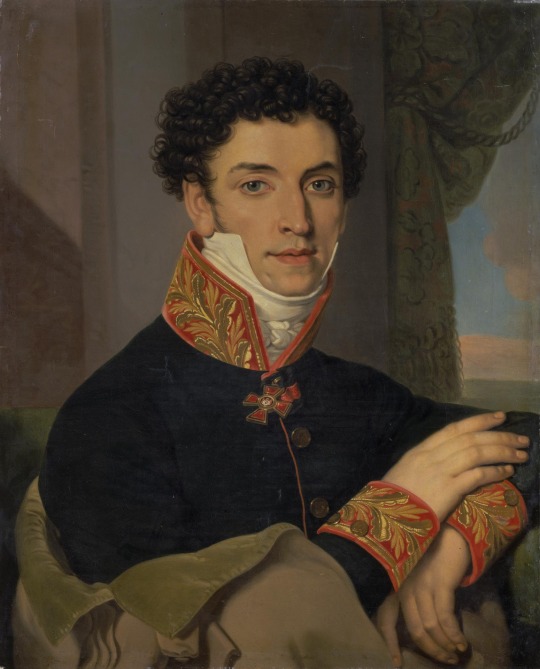#Vladimir Borovikovsky
Explore tagged Tumblr posts
Text

Vladímir Lukich Borovikovsky (Russian, 1757-1825) St. Luke the Evangelist, ca.1804
#saint luke the evangelist#christian art#christian#christianity#christentum#catholic#catholic art#catholicism#art#fine art#european art#classical art#europe#european#fine arts#oil painting#europa#mediterranean#russian art#russia#russian#Vladímir Lukich Borovikovsky#Vladimir Lukich Borovikovsky#Vladímir Borovikovsky#Vladimir Borovikovsky#halo#saint#sainthood#patron saint#1800s
221 notes
·
View notes
Text

Vladimir Borovikovsky (Russian, 1757-1825)
Maria Ivanovna Lopukhina
66 notes
·
View notes
Text

Vladimir Borovikovsky - Archangel Michael, 1815.
20 notes
·
View notes
Text

The Archangel Michael (Vladimir Borovikovsky, 1810)
38 notes
·
View notes
Text

The Archangel Gabriel (From The Annunciation) Vladimir Borovikovsky, (1757–1825).
7 notes
·
View notes
Text

Vladimir Borovikovsky, Portrait of Pavel S. Masyukov, First Lieutenant of the Life Guards Hussar Regiment, 1817 x
2 notes
·
View notes
Text

Vladimir Lukich Borovikovsky (Russian, 1757-1825) • Portrait of Empress Maria Fyodorovna (1759-1828)
The outrageous, extravagant, sometimes humorous and often beautiful outfits worn by subjects of old portraits; captioned, as an attempt at satire.
Emphasis on beautiful painting details.
#vladimir borovikovsky#empress maria fyodorovna#russian empire#portrait#royal portraits#details in paintings#the resplendent outfit#maria fyodorovna#art#artwork
5 notes
·
View notes
Text

Vladimir Borovikovsky (Ukrainian, 1757-1825)
Portrait of a gentleman
0 notes
Text

Vladimir Lukich Borovikovsky (Russian, 1757-1825) • n/d
#still life#art#painting#fine art#art history#vladimir lukich borovikovsky#russian artist#18th century russian art#floral still life#still life flowers#artist#art of the still life blog#art blogs on tumblr#art lovers on tumblr#art appreciation#art & beauty
37 notes
·
View notes
Text

Portrait of Maria Ivanovna Lopukhina (1797) 🎨 Vladimir Borovikovskiy 🏛️ Tretyakov Gallery 📍 Moscow, Russia
The portrait of M. I. Lopukhina is one of the intimate portraits painted by Borovikovsky at the turn of the 18th–19th centuries. Similarly styled works by the artist are his portraits of E. G. Temkina (1798, Tretyakov Gallery), E. A. Naryshkina (1799, Tretyakov Gallery) and others.
Maria Ivanovna Lopukhina (1779–1803) was the Count I. A. Tolstoy’s daughter and F. I. Tolstoy’s sister. In the year the portrait was made, she turned eighteen and got married to S. A. Lopukhin, a Jägermeister and chamberlain at the court of Paul I. The portrait appeared because of this event. It could have been commissioned by the prospective husband or the woman’s parents. The painting was intended for the family gallery and had to correspond to the latest trends in painting of that time, the trends of Sentimentalism.
The art of Sentimentalism praised the harmonious relationship between man and nature. In portraits the women images were incorporated into landscape themes (corners of parks with clear blue skies). Nature both beautifully framed a woman’s beauty and reminded of the world of the artist’s heroines who went on solitary walks, read sentimental novels, and had girlish dreams.
Borovikovsky created the image of a young woman whose perfection resembled an ancient statue. Everything in the image (the soft shape, the white marble skin, the grace of the pose, and the embossed folds of the tunic) seems to be borrowed from classical sculpture. But the earthly beauty of youth emerges through the charm of the statue that has the evanescent, soft complexion, and she looks lively with a blush and sparkling eyes.
The expression on Lopukhina’s face, like the famous “smile of the Mona Lisa” portrayed by Leonardo da Vinci, cannot be definitely described. The model’s look changes with each viewpoint and the light: it becomes either proud and indifferent, or soft and thoughtful, and then mocking and rather flirtatious. It was characteristic of Sentimentalist artists to wish to convey a rich range of feelings.
The landscape surrounding the woman’s figure was invented by the artist. It acquires the properties of a mirror: the woman’s shawl is similar to the color of roses; her tunic is akin to the color of lilies and trunks of birches; her belt is of the color of the sky and cornflowers, and the gold threads in the belt and the bracelet are similar to wheat seeds. The interchange of color emphasize Lopukhina’s inextricable relationship with surrounding nature.
The portrait of Lopukhina is the pinnacle of Borovikovsky’s art. Later, Ya. P. Polonsky dedicated his poem “To the Portrait” (1885) to this canvas.
#Portrait of Maria Ivanovna Lopukhina#Vladimir Borovikovskiy#Владимир Боровиковский#Maria Ivanovna Lopukhina#Мария Ивановна Лопухина#Tretyakov Gallery#Moscow#Russia#painting#oil painting#oil on canvas#russian#portrait#1797#art#artwork#art history#Rococo#Sentimentalism
22 notes
·
View notes
Photo

Vladimir Borovikovsky (Russian, 1757-1825) Portrait of Maria Lopukhina (1777-1805), 1797 Tretyakov Gallery
#more exposure and lighter colour#art#fine art#fine arts#beautiful art#Vladimir Borovikovsky#russian#russian art#russia#Portrait of Maria Lopukhina#woman#female#portrait#female portrait#pastel colours#pastel#Maria Lopukhina#1700s#1700s fashion#1800s
56 notes
·
View notes
Text

Vladimir Borovikovsky (Russian, 1757-1825)
Elena Aleksandrovna Naryshkina
208 notes
·
View notes
Text
~ Sentimentalism in painting
~ Jean-Baptiste Greuze - Winding Wool (1759) ~ Jean-Etienne Lyotard - Breakfast (1754) ~ Vladimir Borovikovsky - Portrait of Maria Lopukhina (1797) ~ J.S.Bach - Minuet in G Major
36 notes
·
View notes
Text

Portrait of M.I.Lopukhina (Vladimir Borovikovsky, 1797)
24 notes
·
View notes
Text

Empress Elizabeth Alexeivena by Vladimir Borovikovsky, 1813.
19 notes
·
View notes
Text

(copy after) Vladimir Lukich Borovikovsky, Portrait of the Active Privy Councillor, Senator Nikolai P. Novosiltsov, 1810s x
1 note
·
View note